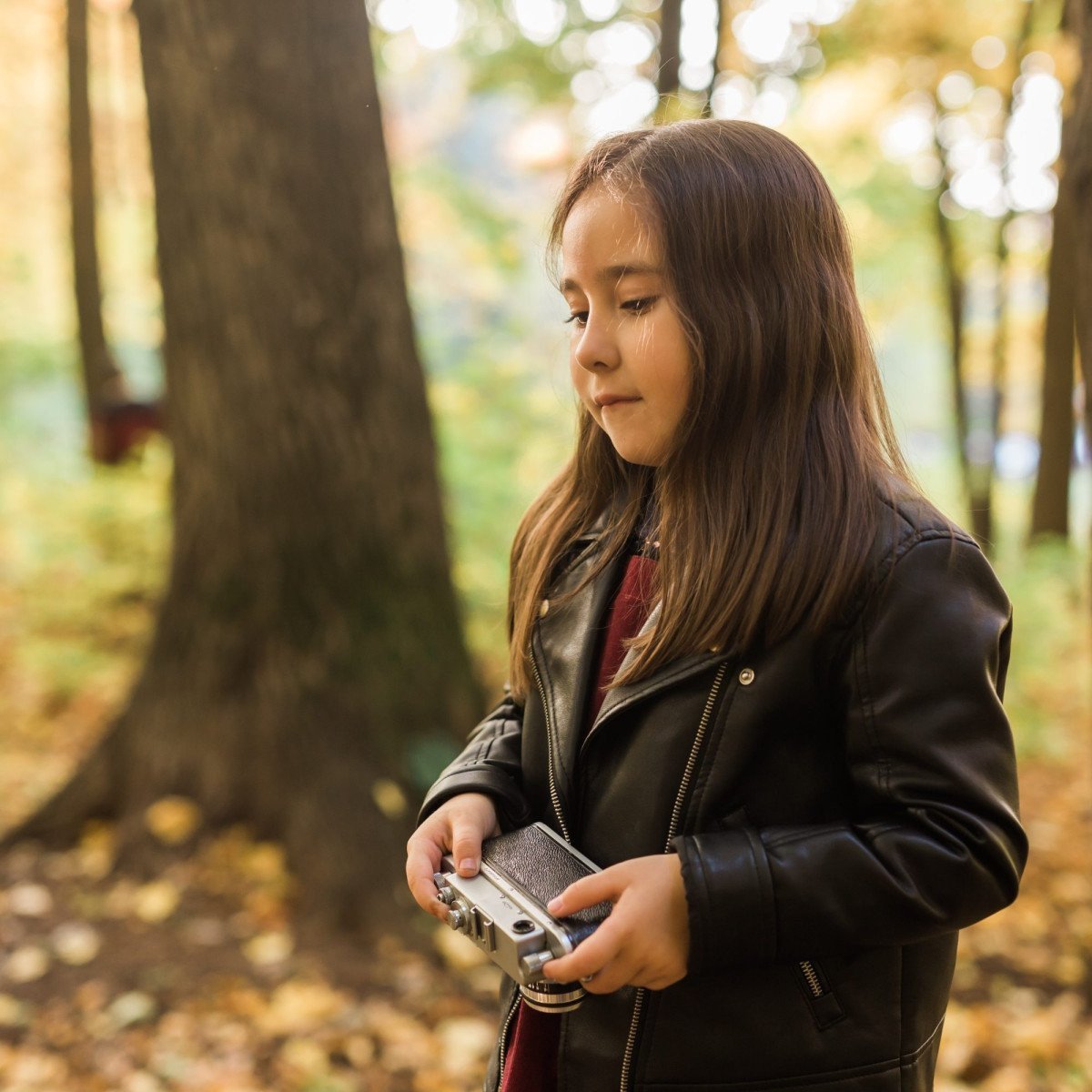You’re enjoying a picturesque sunset on the beach. Salt in your hair, camera in your hand, capturing the fleeting hues. Suddenly, a lively child bursts into the frame, hurling a handful of glistening sand into the air. You snap the shot – it’s breathtaking. But wait, did you get the kid’s or their parents’ consent? And if not, have you crossed some invisible barrier?
This delicate dance of what’s okay and what’s not in photography can often be an underbelly of unaware confusion for many photographers, amateur or professional. First things first, no—photographing someone without their consent isn’t universally illegal. But things are more complex and nuanced than just laws. We’re also talking about ethics and personal respect here. This is where the conversation becomes particularly interesting: should you take that shot?
The Power of Consent in Photography
Consent in photography is an indelible part of not merely creating aesthetic imagery, but also ensuring that imagery remains within the boundaries of respect for the subject. We live in an age where imageries reflect societal norms and values, individual privacy, and personal rights. Aren’t these values something we should uphold in the pursuit of art?
It’s vital to understand that the act of taking a photograph can mean revealing certain aspects of a person’s life. In some cases, especially with candid or street photography, this could be an intrusion into their personal space. Consider for a moment the potential implications of photos without context. Says a lot, doesn’t it?
So, What Defines Consent?
Consent, in its simplest form, is agreement or permission. In the case of photography, it refers to getting your subject’s approval before you go click-happy. Sounds straightforward, right? But be warned, the water gets muddier when you dive deep. Is verbal consent enough, or should it be in written form? These questions aren’t just philosophical dilemmas but practical issues that every shutterbug encounters at some point or another.
Moreover, situations might vary. If you’re shooting at a public event or in a public space, sometimes it’s just not practical or possible to gain explicit consent from every person in your shot. There, the line becomes fuzzier. The decisive moment, as Henri Cartier-Bresson would call it, hinges on instinct rather than lengthy discussions around release forms.
However, here’s something to chew on: consider a situation where you’re snapping shots at an intimate gathering or a private place. Doesn’t courtesy, if not law, demand a bit more respect and discretion there? Are you willing to risk hurting or invading someone’s personal space for the sake of your portfolio?
The Ethics of Consent: Where Do We Stand?
It’s at this ethical crossroads that the necessity of consent in photography is thrown into sharp relief. Sure, each country has its own laws dancing around privacy, libel, and wiretapping. But the essence boils down to this simple truth: be respectful. The lens can either be a voyeuristic, intrusive object or an instrument that provides a dialogue between the observer and the observed. The choice, my fellow photographers, lies entirely in our palms.
To summarize, obtaining consent is not only a legal consideration but also an ethical responsibility of the photographer. While there are blurred lines when it comes to discussing absolute specifics, the golden rule is to act out of respect. Capturing a moment might be exhilarating, but remember, your subject is not merely a character in your shot—they are real humans with entitled rights.
The art of photography is much more than getting that perfect shot; it’s about capturing the world without causing harm or discomfort. So, I leave you with this thought: Is your desire to create worth harming another’s reality?


0 Comment